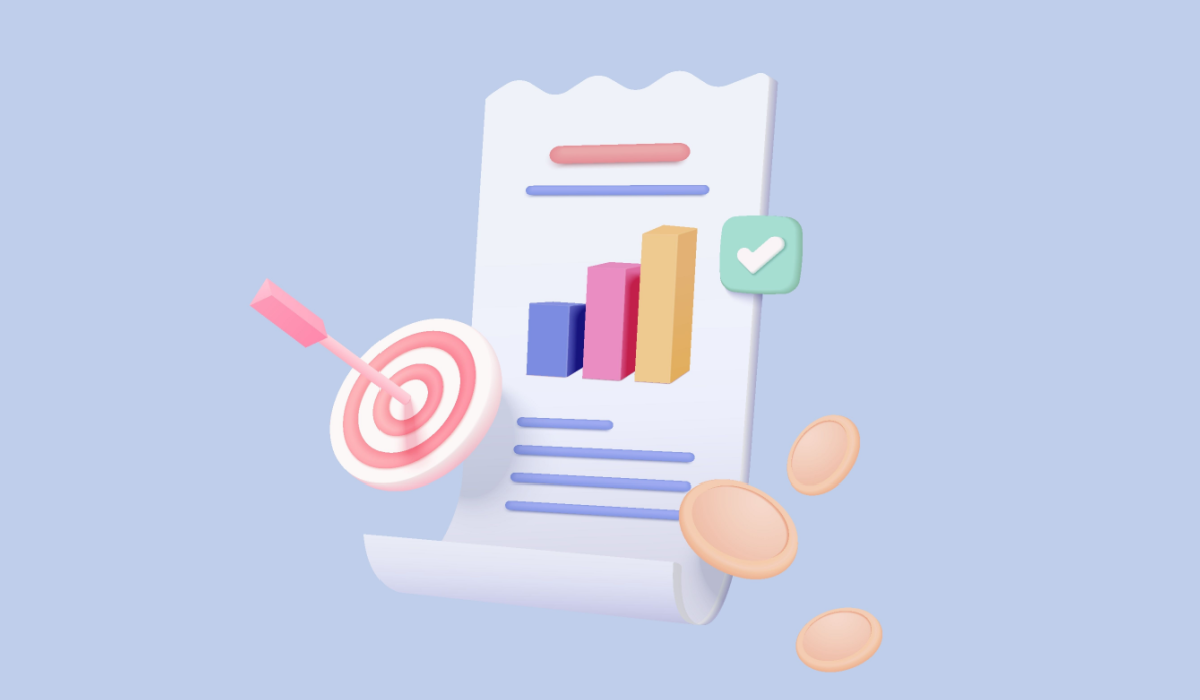You’ve been working with a new client. The project is going well, you’ve made good progress, and everything is going swimmingly.
That is until you get an email one morning asking for a consulting report.
“What on earth is a consulting report?!” you ask yourself, scrambling through your data, trying to pull together any correlations and causations you can get your hands on in a desperate attempt to show your worth.
Are they considering other options? Testing your professionalism? Or simply trying to ruin your consulting career before it starts?
Business consulting reports are actually much more common than you may realize, and not only is it a great way to show off your professionalism, but it also highlights all the wins you have brought in your role.
Here, we will discuss how to create the perfect consulting report, including a free template for you to try.
What On Earth Is a Consulting Report?
Oh yeah, we should probably answer this question first!
A consulting report is a document that you provide to your clients to update them on the status and outcomes of your project.
The format of your consulting report can vary, depending on the specific characteristics of your project and your client’s preferences for the type of information they wish to receive.
We certainly wouldn’t recommend drawing your report from hand (unless you’re an artist; that would be pretty cool!), but you can play around with Microsoft Word, Excel, PowerPoint, or other tools (i.e., Google and Apple apps). Depending on your relationship with the client, a simple email or Slack message may suffice.
Don’t Skip: Building Your Consulting Contract – What to Include
What should be included in your report?
This brings me nicely to the content of your report, after all, that will have a big impact on your chosen platform.
The easiest place to start is by looking back at the start of your client relationship. Assess what was promised in your proposal or what was discussed in initial conversations, as these topics should be focal points for your report.
For example, let’s say you promised as part of your proposal that you would increase organic traffic by improving the ranking of their articles.
Your client asks you for a report on the progress you’ve made.
Your report should consist of:
-
- The actions you have taken to reach those goals.
- A review of the current traffic and web page rankings compared to when you started.
- Big wins and learnings.
- Suggestions for further success.
When you start looking at the data, it’s easy to get sucked into providing as much content as possible for your client, going deep into each element, and so on.
But while your client may not want to admit it, they don’t want that much information.
They’re busy with other tasks (hence hiring you in the first place) and just need the essential top-line information and action points.
Free Consulting Report Template
All that is great advice, but who has the time to actually create a consulting report?
Well, we do.
We’ve done the hard yards for you and created a consulting report you can use when your clients come calling.
CLICK HERE TO GET YOUR TEMPLATE
Here’s each section broken down in greater detail.
What have we done?
The start of your first section should consist of a quick recap of what you have done so far, offering context for the statistics covered in the next three sections.
What actions were taken?
In this section, it’s important to be as precise as possible. We recommend opting for a bullet-list approach, highlighting what actions you have taken since you started working with your client.
The focus here should be on deliverables over anything else, and clarity is crucial.
What were the results?
Now it’s time for the bit that your client cares about the most: the results.
Again, stick to bullet points, focusing on the key metrics that were outlined in your initial proposal or agreement.
The more detail you can provide for wins and potential shortfalls, the more your client will appreciate your report.
Don’t try to hide poor results. Your clients will notice and it’s not a great look. Instead, you should own those statistics and use the next section to explain what you will do to turn around those results.
What will we do next?
Finally, your report should finish off with a quick breakdown of what you plan to do next based on the results you have shared. That could be continuing on with what is showing success, rectifying issues, or moving on to another phase of the process.
Keep Learning: Crafting the Perfect Consulting Invoice – Everything You Need to Include
Kickstart Your Digital Agency on the Right Foot
Make sure you get your digital agency up and running with a winning foundation by checking out our free digital agency masterclass.


















